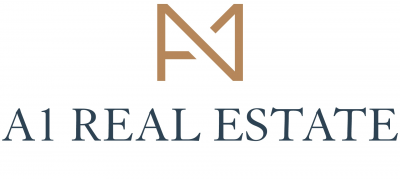
Hôtel vs appart-hôtel vs appartement meublé : quelle option pour un séjour de 3 à 12 mois à Paris ?
How do you know that you exceed the wear threshold?
As the Bank of France reassesses the rates monthly, it is possible to consult them directly on their official website. Go to the “Statistics” category and click on the “Rates and Prices” section.
Additionally, it's easier for you to avoid exceeding the wear rate by outsourcing borrower insurance.
Can we bypass the wear rate?
- Choosing an external borrower insurance (essential to subscribe to a mortgage. Thanks to the Lagarde Law, you can engage with a specialized insurance company different from the one offered by the bank)
- Negotiate the monthly loan payments with the financial institution (by extending the duration of the loan, the APR is reduced)
- Negotiate your mortgage fees
- Perform mortgage simulations with competing banks or credit institutions
What is the risk of an organization that practices the rate of wear?
A loan is considered usurious when its annual percentage rate of charge (APR) is higher than the wear rate.
Credit institutions that accept loan applications with an APR higher than the wear rate incur criminal and civil penalties.
They risk up to 2 years in prison and a fine of € 300,000.00 according to Article L341-50 of the Consumer Code.
These penalties may be followed by a ban on practice for a minimum of 5 years.
The wear rate is also called the “wear threshold” and is recalculated monthly by the Banque de France (Central Bank of France) as governed by Article L314-6 of the Consumer Code.
The APRC includes:
- The base interest rate
- Bank charges
- Application fees
- The amount of the borrower's insurance premium
Moreover, the usury rate concerns all types of loans, including:
- Fixed-rate mortgages (4.24% for fixed-rate loans over 20 years or more)
- Variable rate mortgages
- Consumer credit
- Bridge loans
- Revolving credits
- Personal loans
- Car loans
- Work credits
- Bank overdrafts
What is the difference between the wear rate and the debt ratio?
As already mentioned, the wear rate is the interest rate charged on a loan that has exceeded the maximum interest rate set by Banque de France (Central Bank of France). The debt ratio, on the other hand, is the ratio between income and monthly payments to be repaid for a mortgage. This is the share that a borrower can repay every month, depending on their income.
The wear rate protects consumers from potential abuse by banks and credit institutions.
It excludes proposals for loans at excessively high rates offered by banks and thus makes it possible to protect consumers from the risk of over-indebtedness.
Among other things, it prevents households and businesses from falling into difficult financial situations and helps them maintain a healthy credit market.
How is the wear rate calculated?
The Bank of France also conducts a survey of banks, finance companies, and credit institutions. For each category of loan, the institution collects a sample of the applied APRs.
The Bank of France also takes into consideration:
- The average borrowing period
- Loan categories
- The amount borrowed by households
With regard to real estate loans, the usury threshold is defined for fixed rates over 3 different time spans:
- A first threshold of fewer than 10 years
- A threshold between 10 and 20 years
- A threshold of more than 20 years
- The wear rate is the maximum rate that banks can offer in a loan.
- It's intended to protect consumers from potential financial abuse and regulate the credit market.
- The Bank of France sets the wear rate in France.
- In order to calculate and fix the rate of wear, the Bank of France establishes an average of the rates charged within a category of loan and increases it by one-third.
- It's possible to bypass the rate of wear by:
- Choosing an external borrower insurance
- Negotiating the monthly loan payments with the bank
- Negotiating the mortgage fees
- Performing mortgage simulations with multiple credit institutions.

You want to
to sell in Paris or its surroundings ?
Posted on 25/04/2023 by
Andy LECUYER




